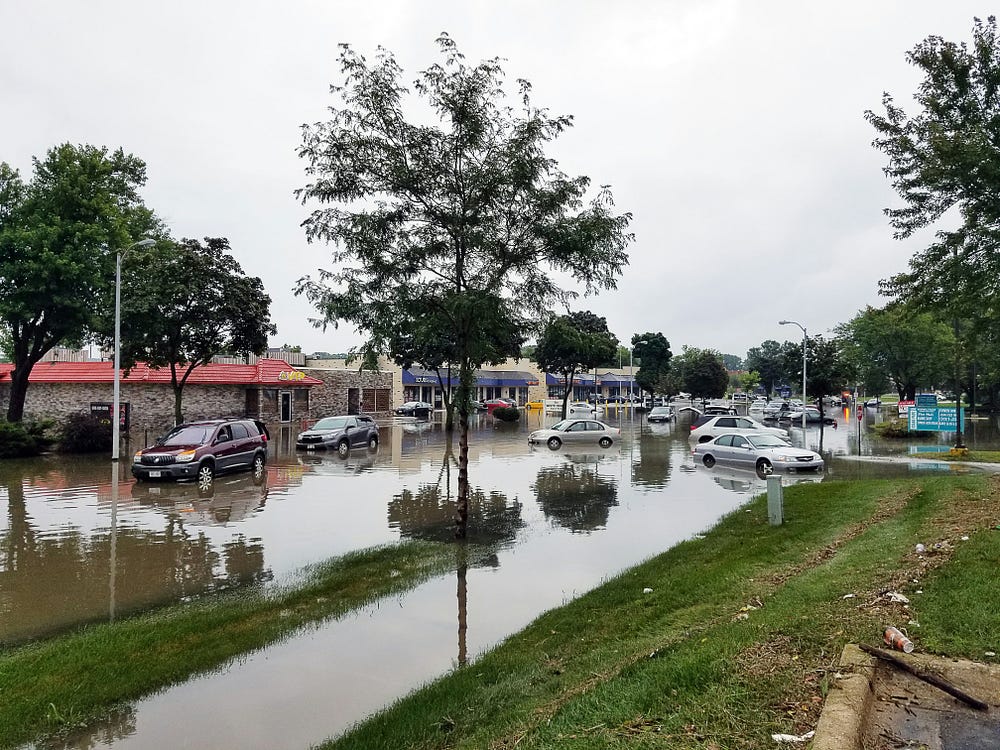Why Weather is Erratic in Kashmir?
Younus M. Bhatt ✉
Kashmir, situated in the northern part of the Indian subcontinent, holds a strategic position, bordered by India, Pakistan, and China. It boasts diverse geographical features, encompassing lush valleys, towering mountain ranges, and tranquil lakes.
While Kashmir is renowned as a tourist hotspot, it is also notorious for its erratic weather patterns. These patterns can change dramatically within brief intervals. This unpredictability impacts numerous aspects of life in the region, ranging from agriculture and tourism to transportation and daily routines.

Unpredictability
The climate in Kashmir ranges from subtropical (hot, humid summers and mild, dry winters) to alpine (cold, high elevation), influenced by altitude and season. Lower regions experience warmer temperatures affected by the Indian monsoon, while higher altitudes see colder conditions with winter snowfall. This climatic diversity leads to varying weather patterns across different zones, adding to the region’s weather unpredictability.

While Kashmir experiences four distinct seasons: spring, summer, autumn, and winter, each with unique characteristics. However, the region is influenced by the Indian monsoon and Western disturbances (WD’s). The monsoon brings summer rains, varying in intensity and timing, while western disturbances originating from the Mediterranean region bring winter precipitation. The play of these weather systems, along with Kashmir’s topography, creates a complex weather system, contributing to the region’s unpredictable weather patterns.

Factors Contributing to Unpredictable Weather
Kashmir’s unpredictable weather is influenced by a combination of natural factors and external forces, leading to rapid changes that pose challenges for prediction and preparation.



Causes of Inclement Weather
Inclement weather in Kashmir arises from a blend of natural and human-induced factors, impacting the region with heavy rainfall, snowstorms, and unexpected weather phenomena.


Agriculture, being a cornerstone of the region’s economy, suffers significantly from erratic weather patterns. Sudden changes such as frost, hailstorms, or unseasonal rains can lead to considerable crop damage, reducing yields and impacting farmers’ livelihoods. The disruption of seasonal patterns caused by unpredictable weather also affects the timing of planting and harvesting, complicating the management of crops and threatening food security. Furthermore, extreme weather conditions can impact livestock, leading to reduced productivity and higher mortality rates, ultimately affecting the region’s agricultural output.

Tourism, another crucial sector for Kashmir’s economy, is equally vulnerable to the effects of unpredictable weather. Inclement weather can disrupt transportation, causing road closures and flight cancellations, leading to significant travel disruptions. This can deter tourists from visiting, reducing business for local hotels, restaurants, and other tourism-dependent enterprises, resulting in economic losses. Additionally, sudden weather changes pose safety risks for tourists engaged in outdoor activities like trekking and skiing, which could harm the region’s reputation as a tourist destination.

The impact on local communities is significant, with inclement weather often leading to displacement and evacuation. Weather-related events such as floods, landslides, and avalanches may force people to leave their homes, resulting in temporary displacement and increased demand for emergency services. The associated health risks, especially during extreme temperatures or poor air quality conditions, add to the strain on local healthcare systems. Finally, the economic impact of unpredictable weather is considerable, as disruptions to agriculture, tourism, and infrastructure can lead to financial losses for businesses and individuals, complicating recovery efforts and affecting the overall well-being of the community.

Various factors contribute to the unpredictability of weather in Kashmir, including geographical features and global climate trends. The mountainous terrain of Kashmir and its proximity to weather systems such as the Indian monsoon and western disturbances create a complex and unpredictable weather landscape. Additionally, seasonal variability and human-induced factors like deforestation and urbanization further complicate the situation.
To address these challenges, a comprehensive approach is necessary. Immediate risks can be managed through disaster preparedness and resilient infrastructure. However, long-term strategies like climate change mitigation and sustainable development are crucial for creating a safer and more sustainable future. By acknowledging these key factors and their impact, stakeholders can develop effective policies and practices to minimize the adverse effects of unpredictable weather in Kashmir. This will ensure that the region remains resilient and prosperous.
You can access the same article on Medium.





%20in%20a%20scen.webp)
